Frequently Asked Questions
1. What is the importance of blade type in pocket knives?
2. What are some common blade types found in pocket knives?
3. What materials are used for pocket knife blades?
4. How can I maintain my pocket knife?
5. What factors should I consider when choosing a pocket knife?
Whether you're an outdoor enthusiast, an aspiring chef, or someone who simply appreciates the utility of a solid tool, understanding different blade types is essential. Pocket knives, often viewed as the quintessential everyday carry item, come equipped with a variety of blade shapes and designs, each tailored for specific uses. This comprehensive guide will walk you through the various types of blades you might encounter when exploring the world of pocket knives, helping you to make informed choices for your needs and preferences.
Why Blade Type Matters
The blade type of a pocket knife influences its performance and usability. Different shapes and styles serve distinct purposes; understanding these will enhance your experience whether you’re camping, cooking, or handling general tasks. Here, we delve into the most popular blade types, highlighting their unique features and ideal applications.
Common Blade Types for Pocket Knives
Drop Point Blade
One of the most versatile blade types, the drop point blade features a convex curve that leads to a lowered tip. This design offers excellent control, making it perfect for precision tasks such as field dressing game or cutting rope. The robust spine of the blade adds strength, which enhances its durability. Whether you're an avid hunter or simply need a reliable pocket knife for everyday tasks, the drop point blade is a favored choice among many knife enthusiasts.
Clip Point Blade
The clip point blade is characterized by its pointed tip, which allows for enhanced piercing capabilities. The spine of the blade has a concave section that gives it a distinctive “clipped” look. The clip point is an excellent option for tasks that require a sharp tip, such as carving or performing delicate cuts. It’s also popular among tactical users who require a versatile blade for self-defense situations.
Sheepfoot Blade
If safety and control are your priorities, the sheepfoot blade may be the perfect fit. This blade features a flat edge and rounded tip, effectively minimizing the chances of accidental punctures. Its design provides a long cutting edge, making it suitable for slicing tasks. Sheepfoot blades are commonly used in rescue operations and marine settings, where precision and safety are paramount.
Bowie Blade
Named after the legendary frontiersman Jim Bowie, the Bowie blade is known for its wide, clipped shape, creating a formidable tool for chopping and slicing. This classic design typically features a large belly and a robust tip, often preferred by outdoor enthusiasts for its ability to handle heavy-duty tasks. Whether you’re preparing food, building a shelter, or tackling other rugged tasks, the Bowie blade is up to the challenge.
Understanding Blade Materials
While blade shape is vital, the material used in its construction also plays a critical role in overall performance. When looking for pocket knives, here are the essential materials used:
Stainless Steel
Stainless steel is a popular choice for pocket knives, providing excellent resistance to corrosion, wear, and stains. While it can be less sharp than carbon steel, advancements in metallurgy have produced high-quality stainless options that maintain an edge well. This material is perfect for users who want a knife that requires minimal maintenance and can withstand various environments.
Carbon Steel
Carbon steel blades are renowned for their ability to hold a sharp edge, making them ideal for precision tasks. However, they require more care to prevent rust and corrosion. With proper maintenance, carbon steel pocket knives can last a lifetime, making them a beloved choice among traditionalists and outdoor aficionados.
Tool Steel
Tool steel is known for its durability and hardness, providing excellent edge retention. This material is often used for high-end pocket knives designed for rugged work. While tool steel may require regular maintenance to prevent corrosion, its ability to withstand heavy-duty tasks makes it a valuable option for those in demanding environments.
Blade Grind Types
The grind of a blade refers to how the steel is shaped along the edge, affecting sharpness, strength, and cutting ability. Understanding different blade grinds can help you choose the right pocket knife for your needs.
Flat Grind
The flat grind features a gradual taper from the spine to the edge, creating a thin, sharp cutting surface. This type of grind is perfect for slicing tasks, as it allows for a keen edge, but it may require more maintenance to keep sharp. It's an ideal choice for those who prioritize cutting performance over durability.
Hollow Grind
The hollow grind features a concave edge that creates a sharp and thin blade, making it exceptionally suited for detailed slicing and cutting tasks. This type is commonly found in pocket knives aimed at culinary tasks and crafting. Though very effective for cutting, it can be less versatile for heavy-duty tasks due to its thin edge.
Convex Grind
Offering a mix of durability and cutting performance, the convex grind features a rounded edge, providing excellent strength for heavy-duty applications. This type of grind is ideal for rugged use, making it popular among those who rely on their pocket knives for outdoor activities.
Popular Pocket Knife Brands
As you explore the wide array of pocket knives available, you'll encounter several renowned brands that have made a name for themselves in the knife community. Here are a few standout brands that showcase exceptional craftsmanship:
- Benchmade: Known for innovation and quality, Benchmade offers precision-engineered knives that cater to various uses.
- Spyderco: Recognized for their unique designs and ergonomic features, Spyderco blades are popular among collectors and everyday users alike.
- Victorinox: The makers of the Swiss Army knife, Victorinox is synonymous with versatility and practicality.
- Cold Steel: Famous for their rugged designs and reliable performance, Cold Steel has a loyal following among outdoor enthusiasts.
Maintaining Your Pocket Knife
Once you've chosen the right pocket knife to suit your needs, it's essential to maintain it properly to ensure longevity and performance. Here are some tips for keeping your knife in great condition:
Regular Cleaning
After each use, make sure to wipe down the blade to remove any debris, moisture, or residue. A clean knife is not only hygienic but also prevents rust and corrosion.
Sharpening
Keeping the blade sharp is crucial for effective use. Invest in a quality sharpening tool or take your knife to a professional periodically to retain its edge. Depending on your usage, you may need to sharpen your knife more frequently.
Storage
Store your pocket knife in a cool, dry place to minimize exposure to moisture and humidity. If your knife features locking mechanisms, ensure they are in good working order before storage.
Choosing the Right Pocket Knife for You
In deciding which pocket knife is suitable for your needs, consider the following factors:
- Intended Use: Identify what tasks you'll be using the knife for most often. Outdoor activities? Everyday carry? Cooking? Each will dictate different blade needs.
- Blade Type: Choose a blade that aligns with your intended use, taking into account shape, material, and grind type.
- Size: Pocket knives are available in various lengths and sizes. Make sure you select one that fits comfortably within your pocket and is easy to handle.
Your Path to Knife Mastery Awaits!
Understanding the different types of blades and their respective features equips you with the knowledge to make informed choices in your pocket knife journey. Whether you seek versatility, precision, safety, or durability, there’s a perfect pocket knife out there just waiting for you to discover. Always remember to prioritize maintenance, storage, and care, ensuring that your pocket knife remains a reliable companion for years to come.
Visit one of our fellow Shopify or Wix users' stores by clicking this store link. Please note that this is a promotional link, and we are not responsible for the content of the linked store.


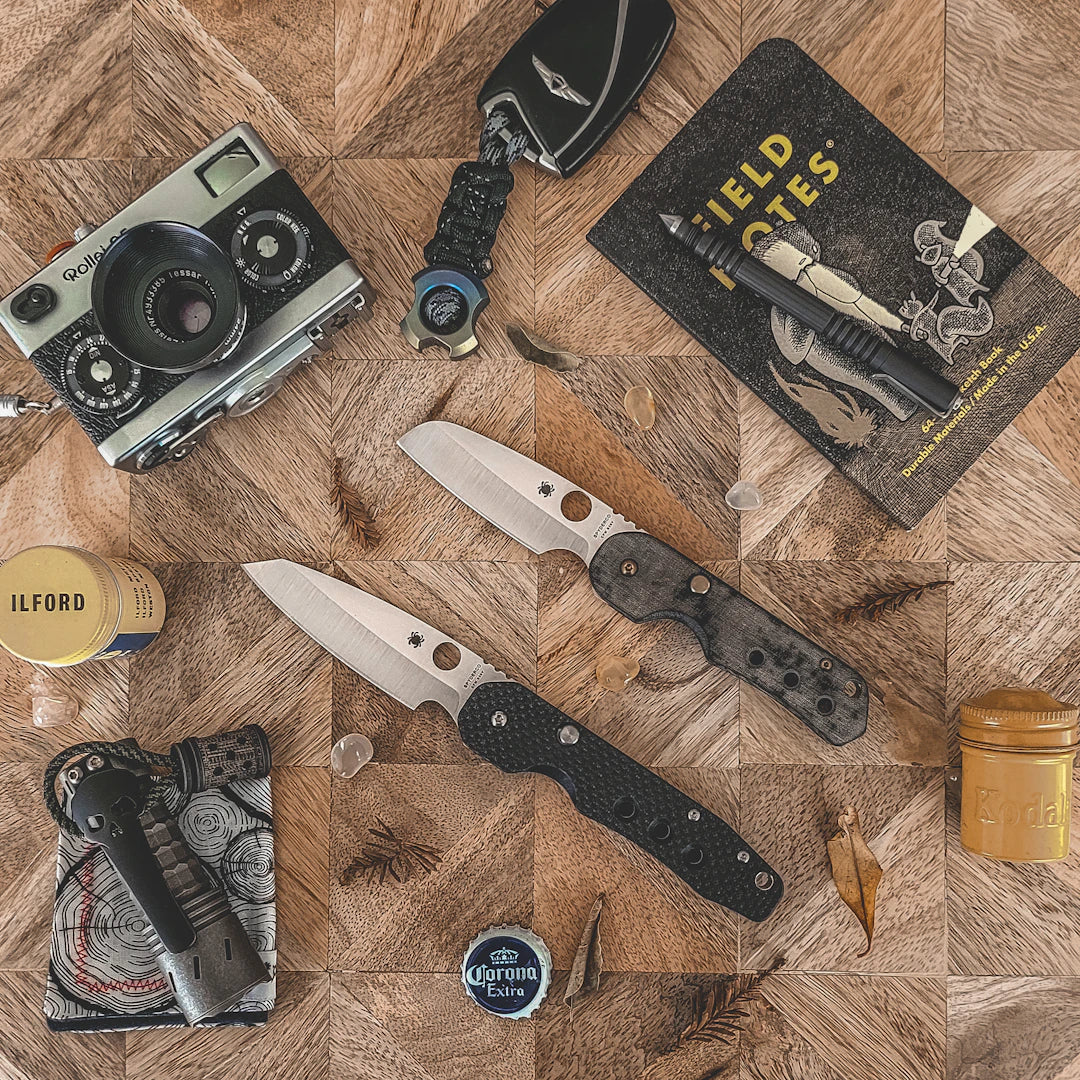



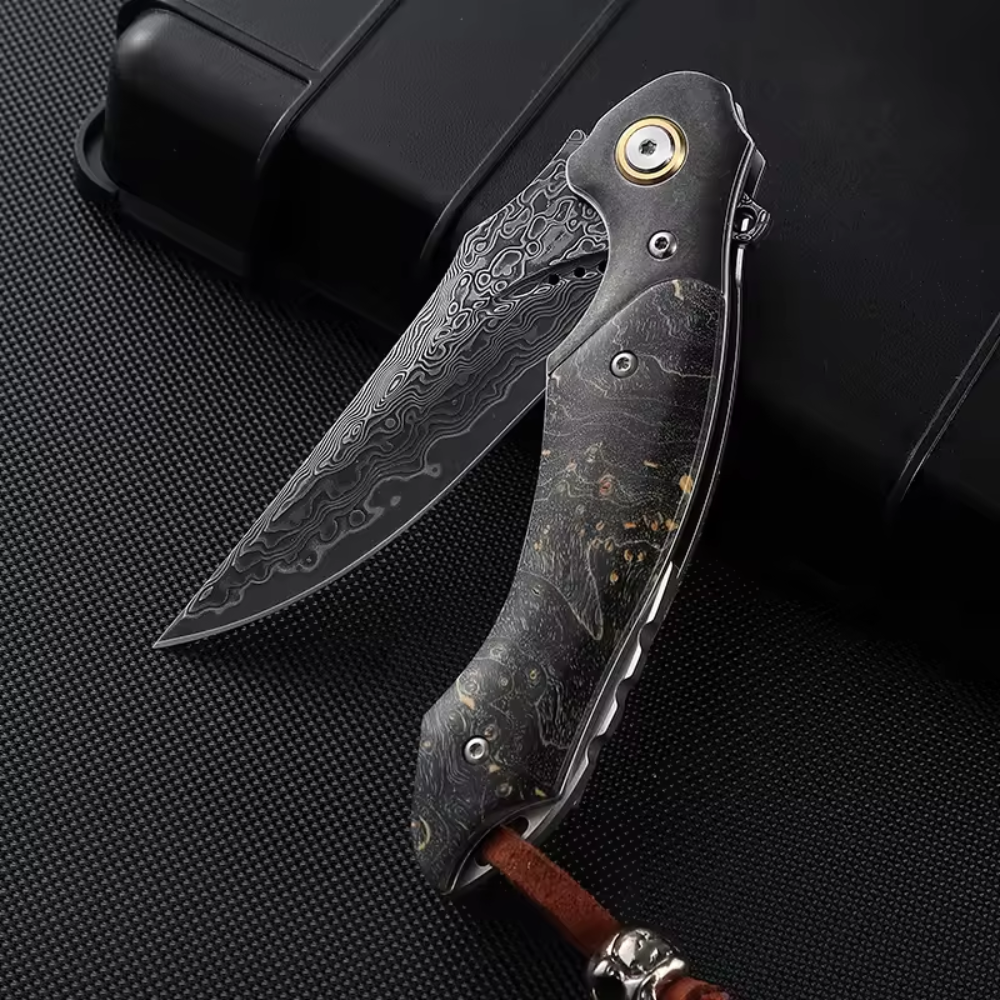
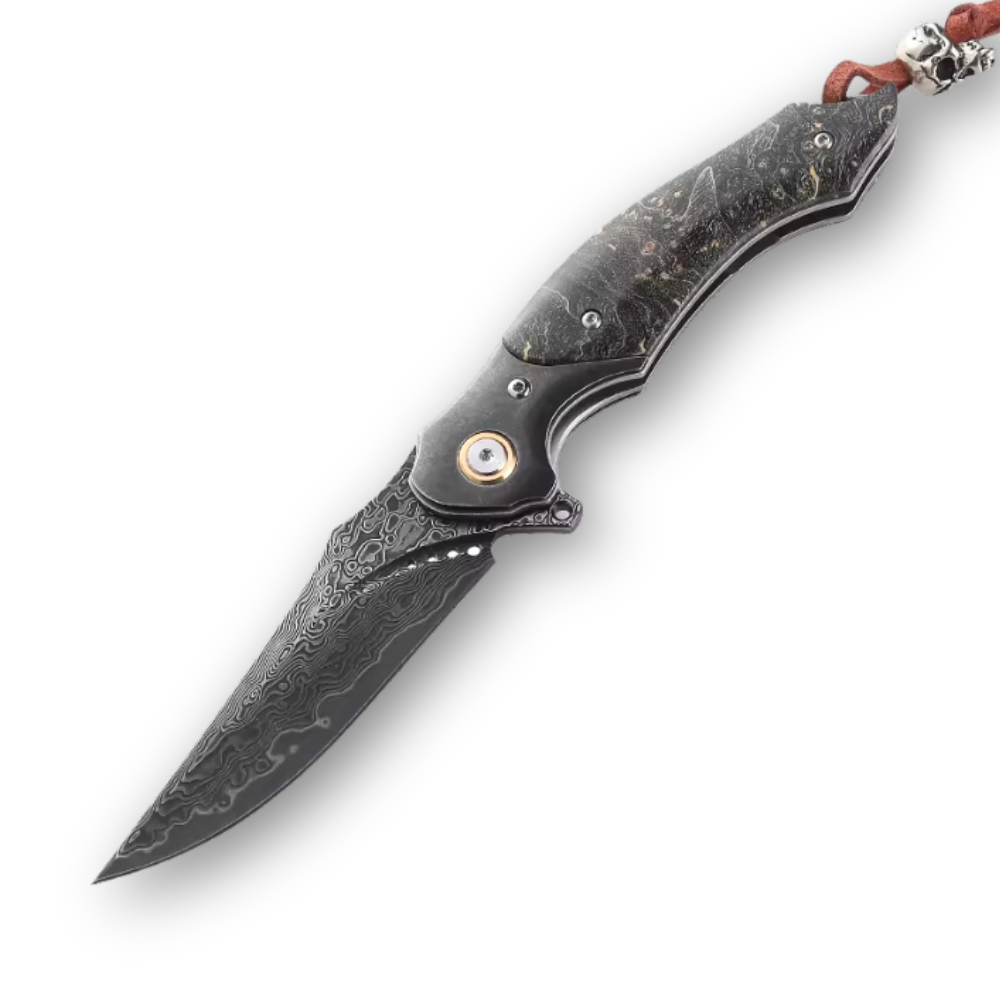
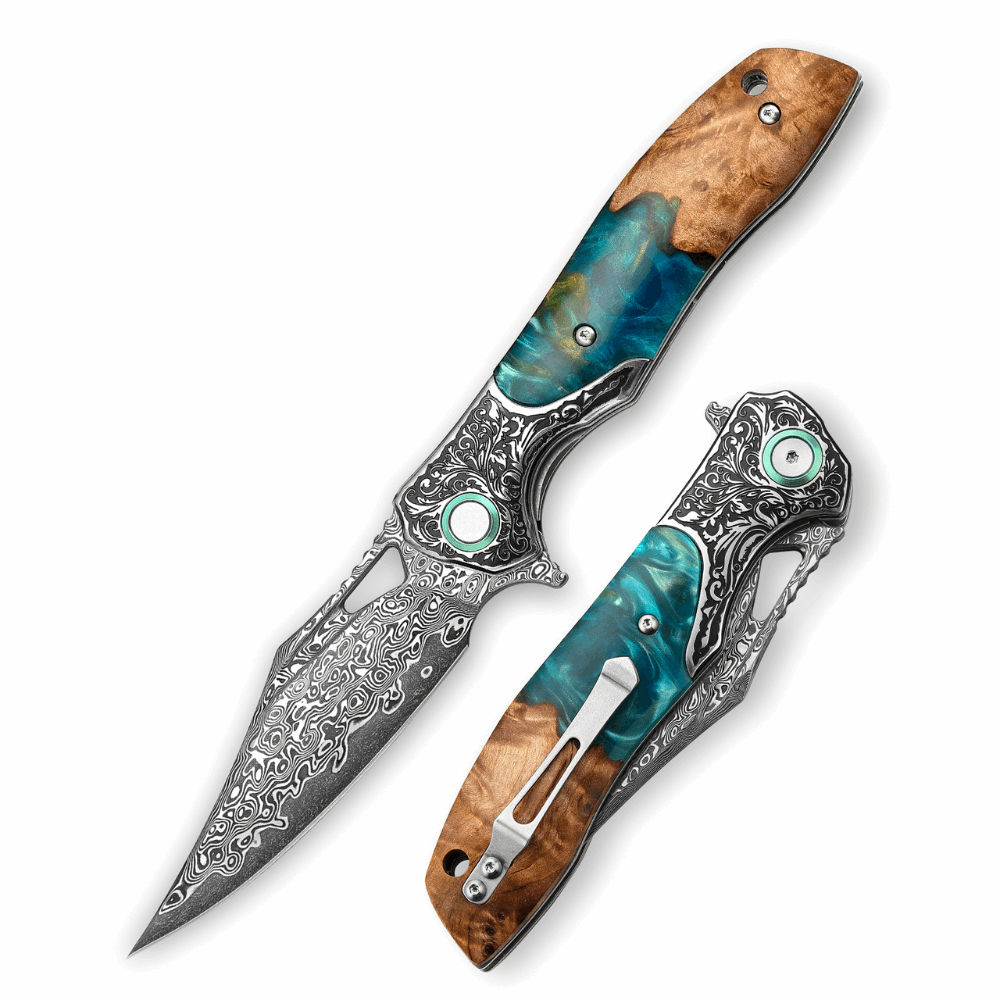
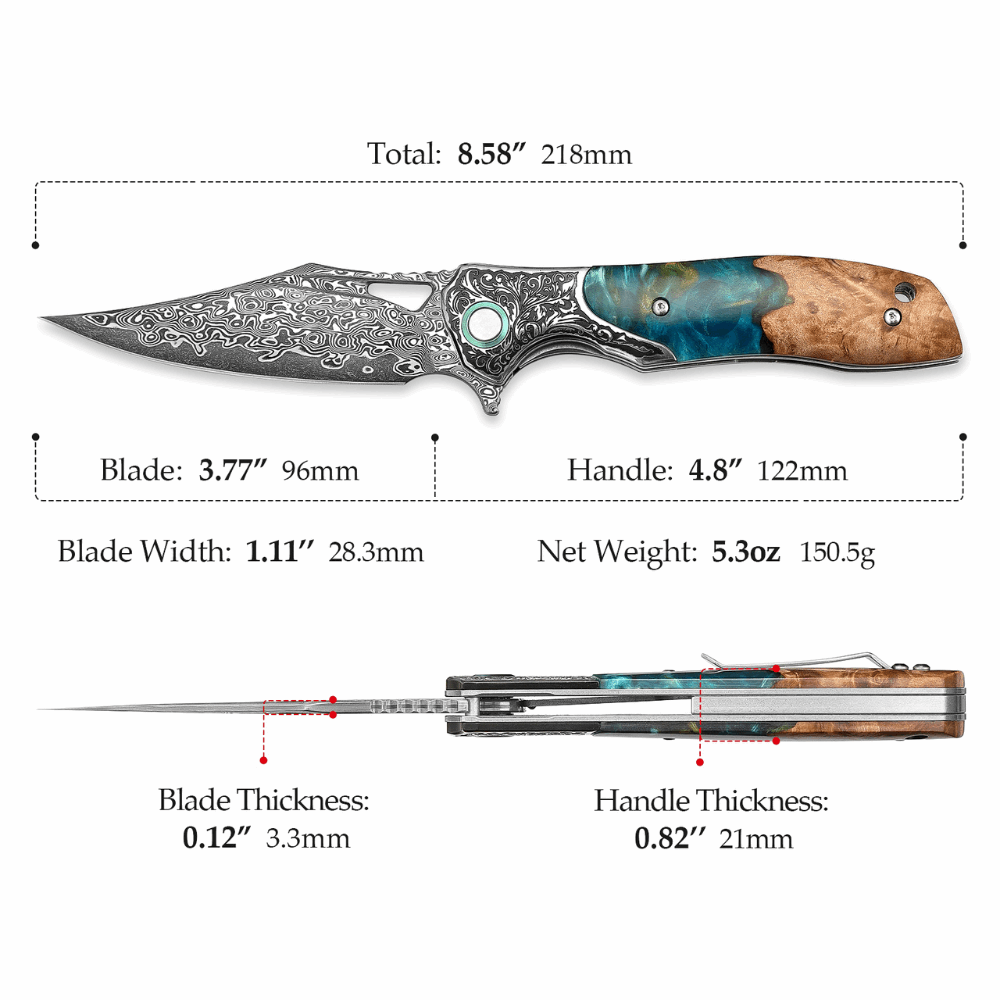

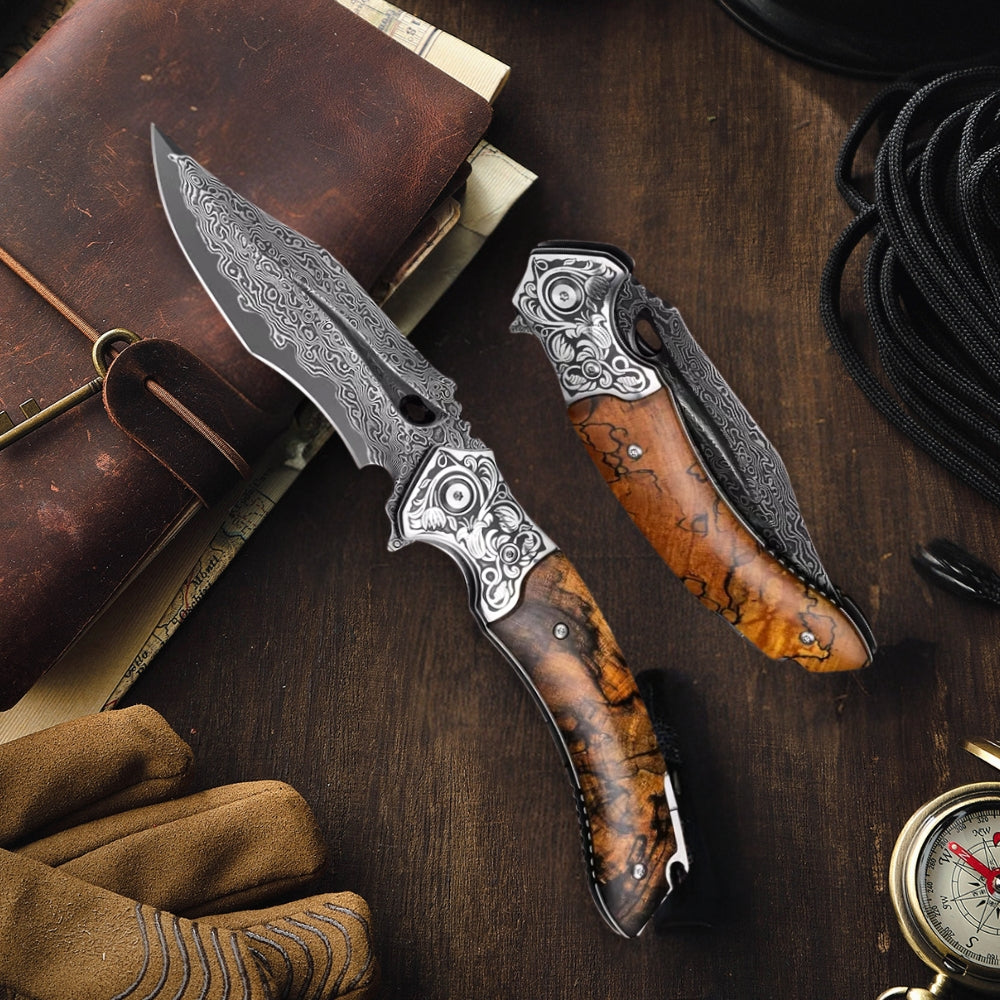
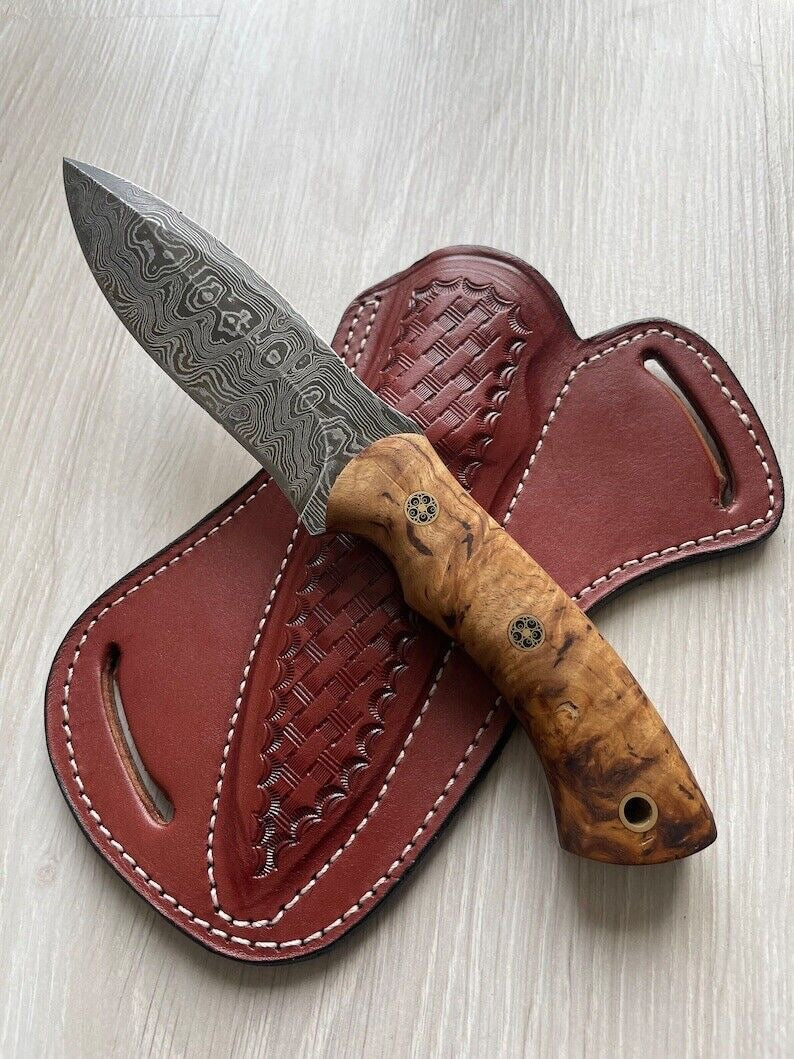
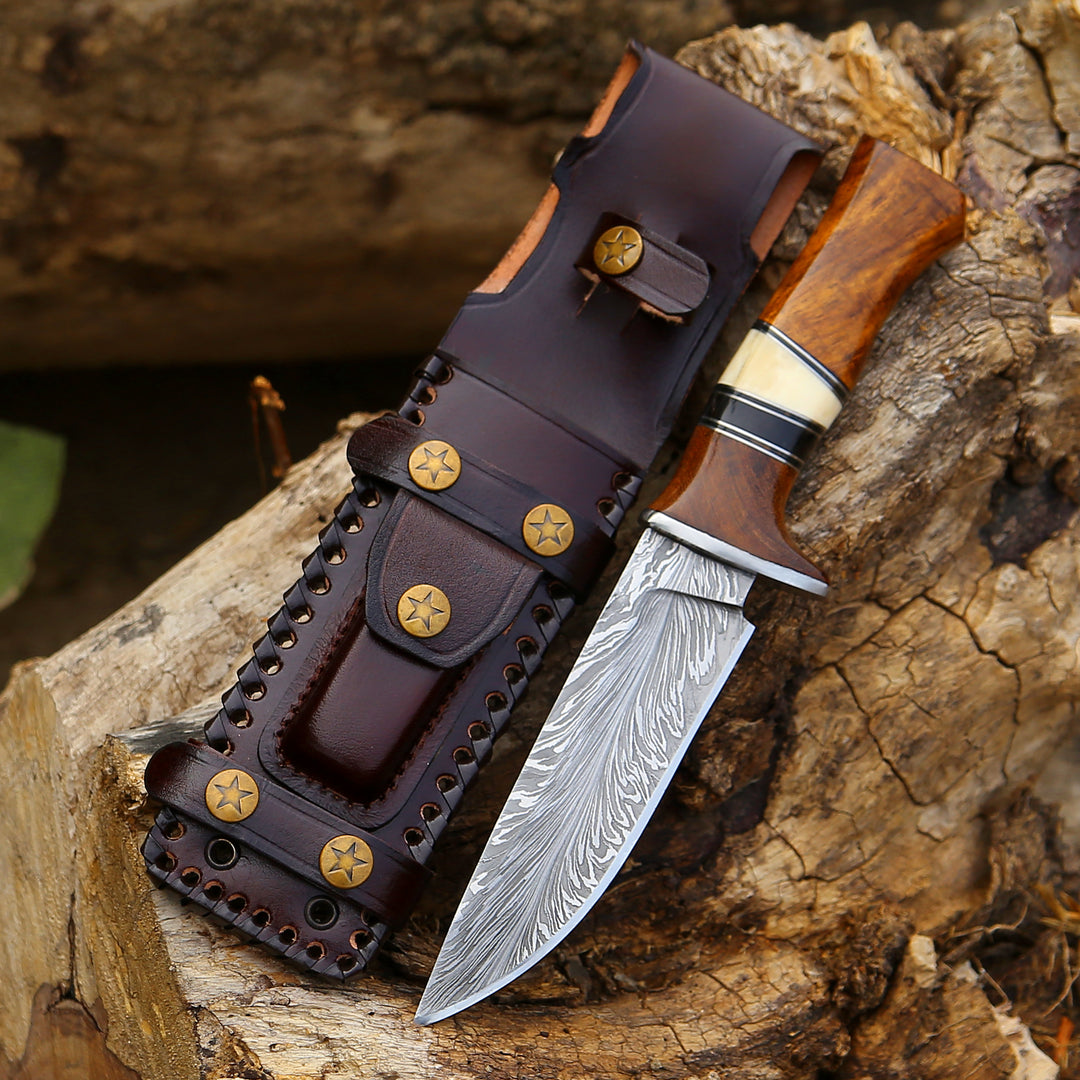
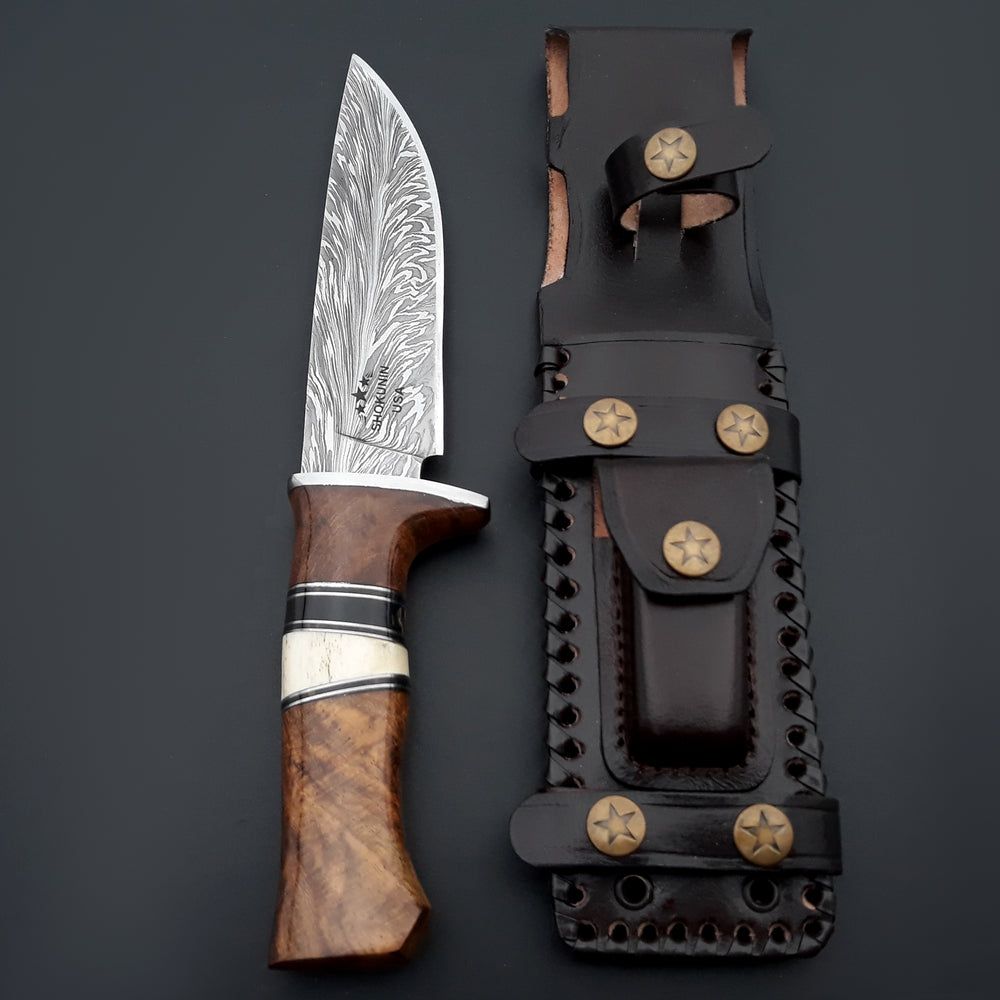
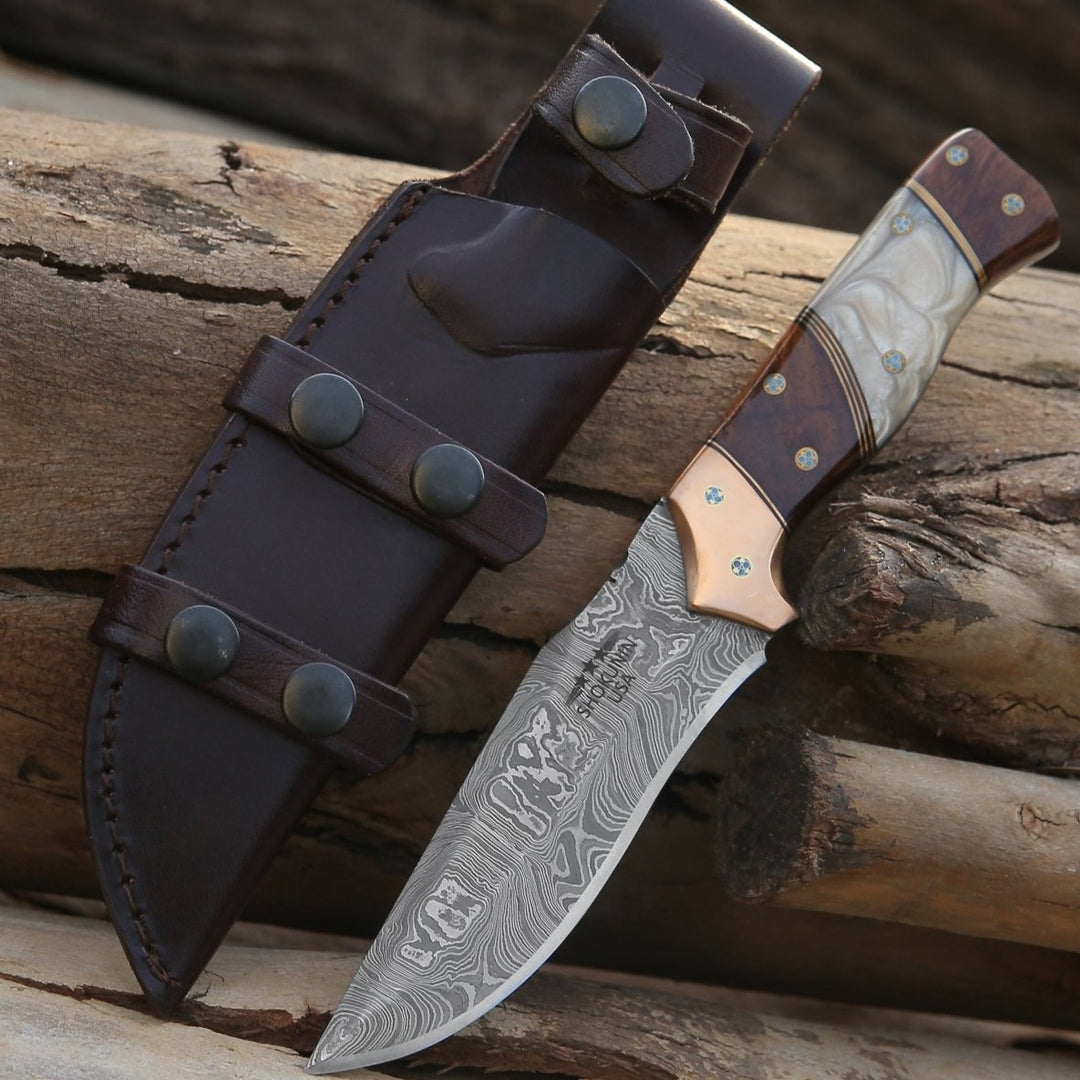
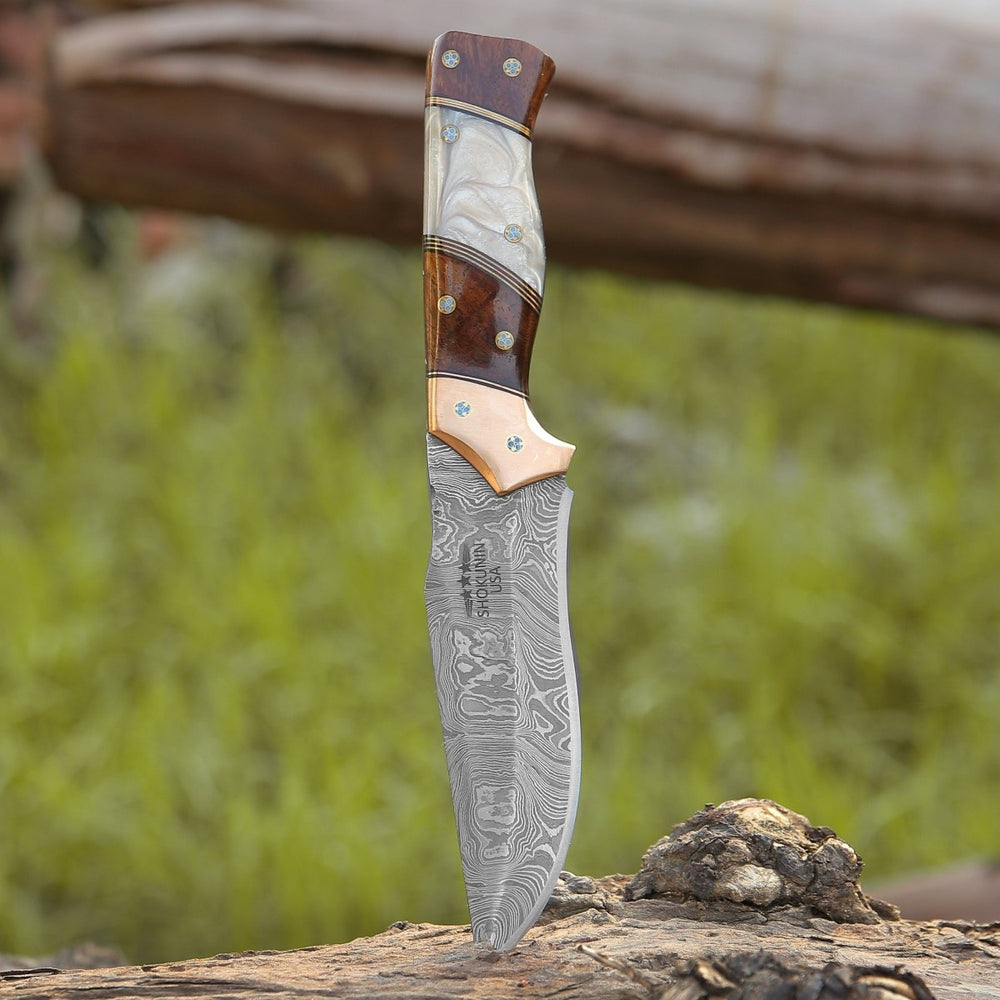
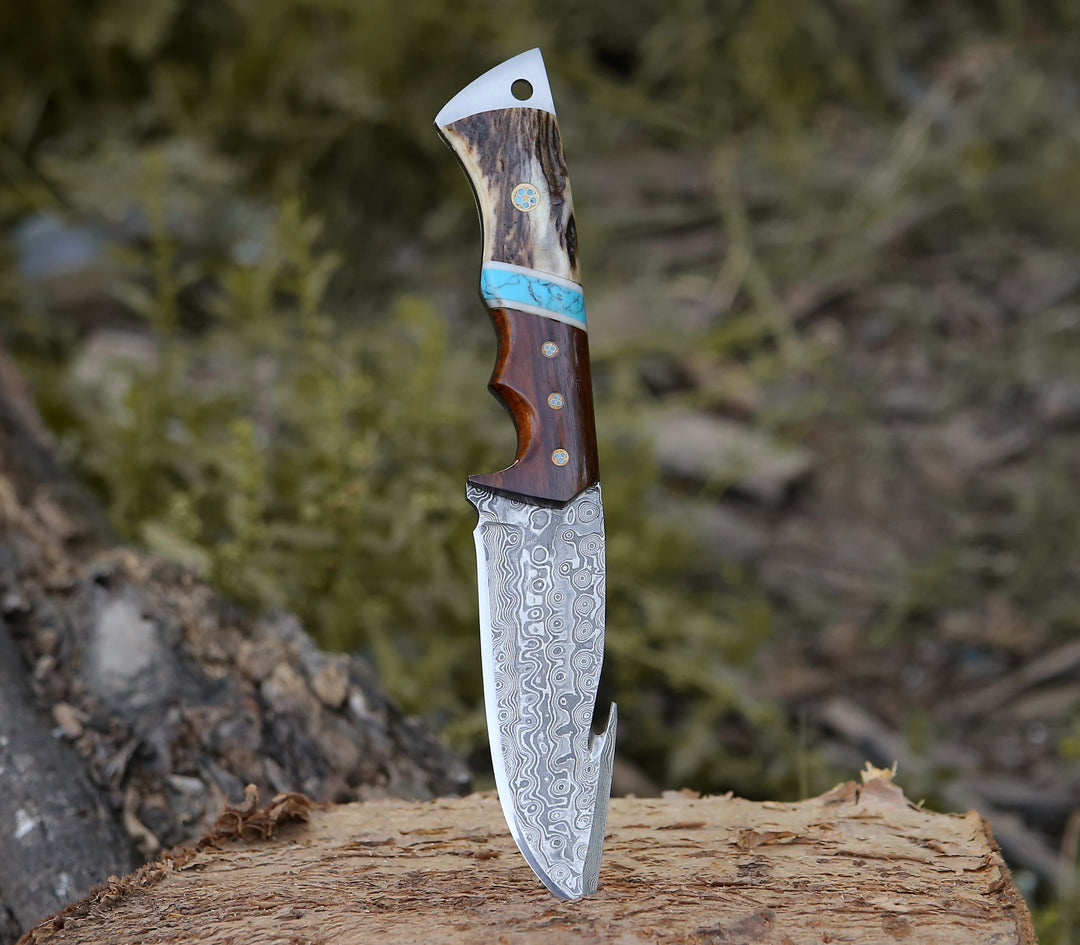

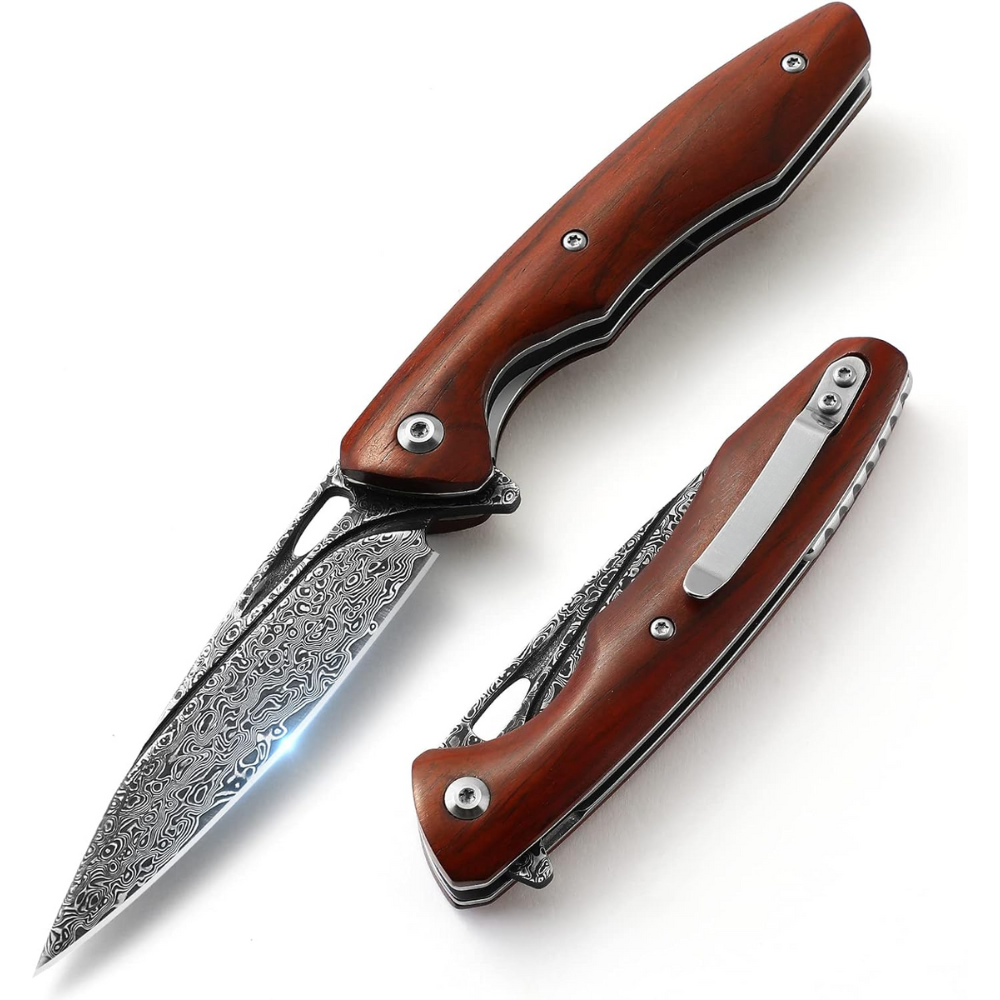
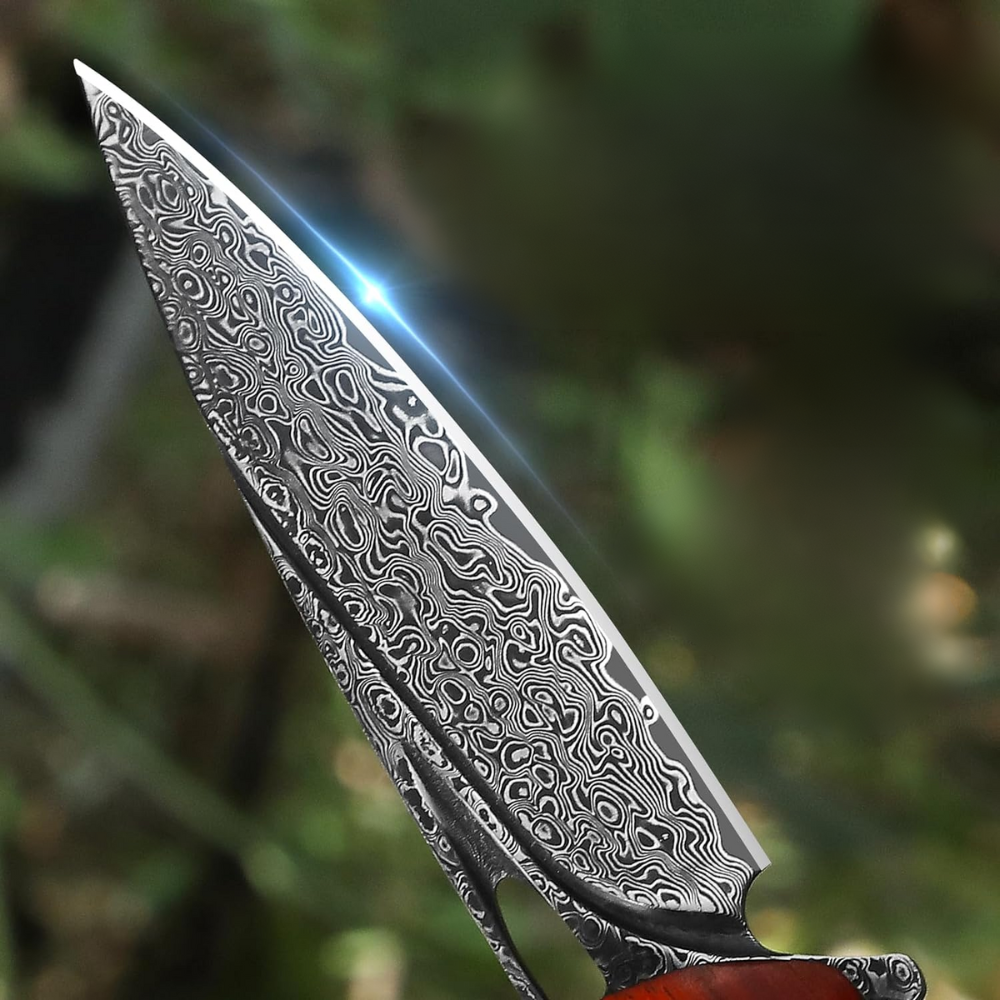
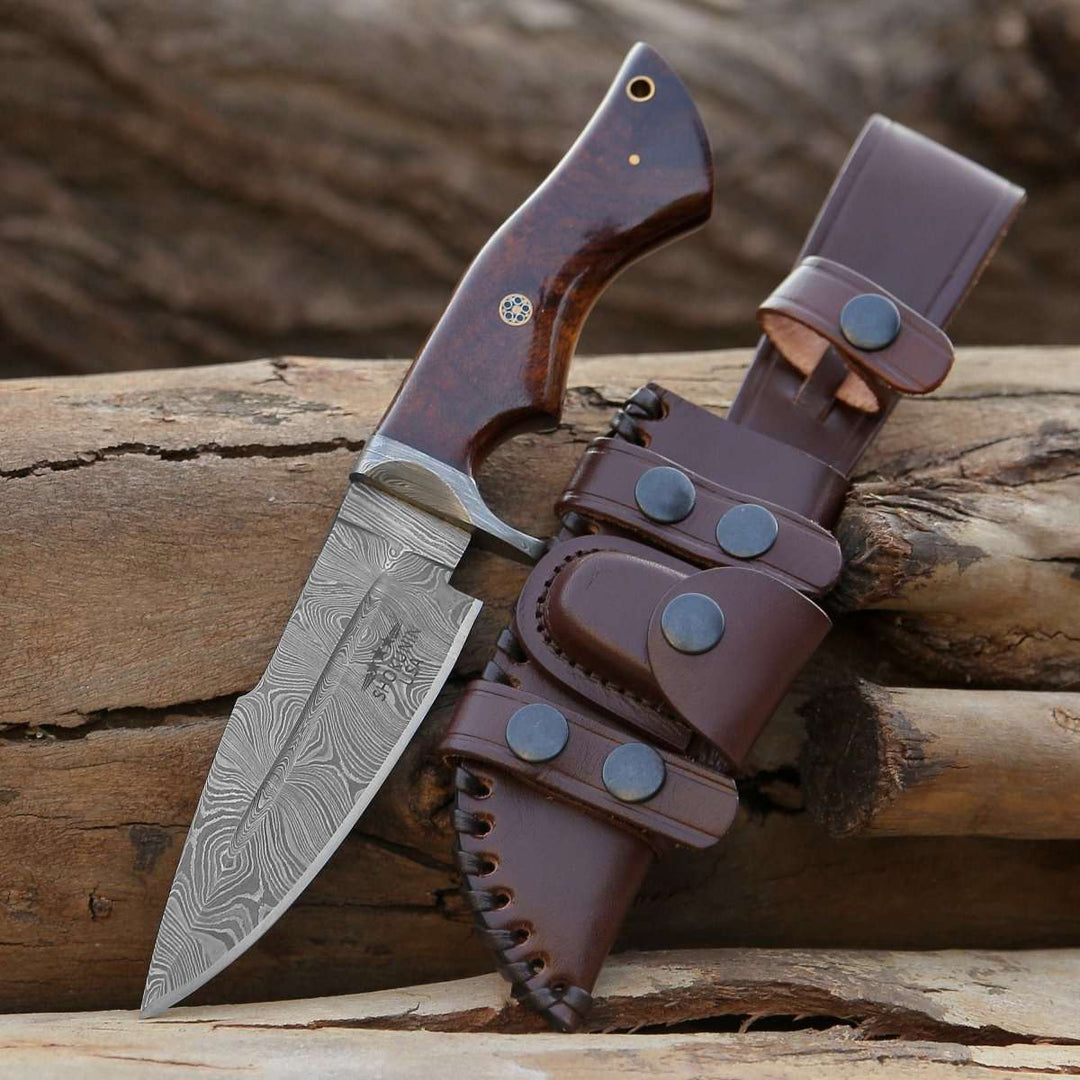
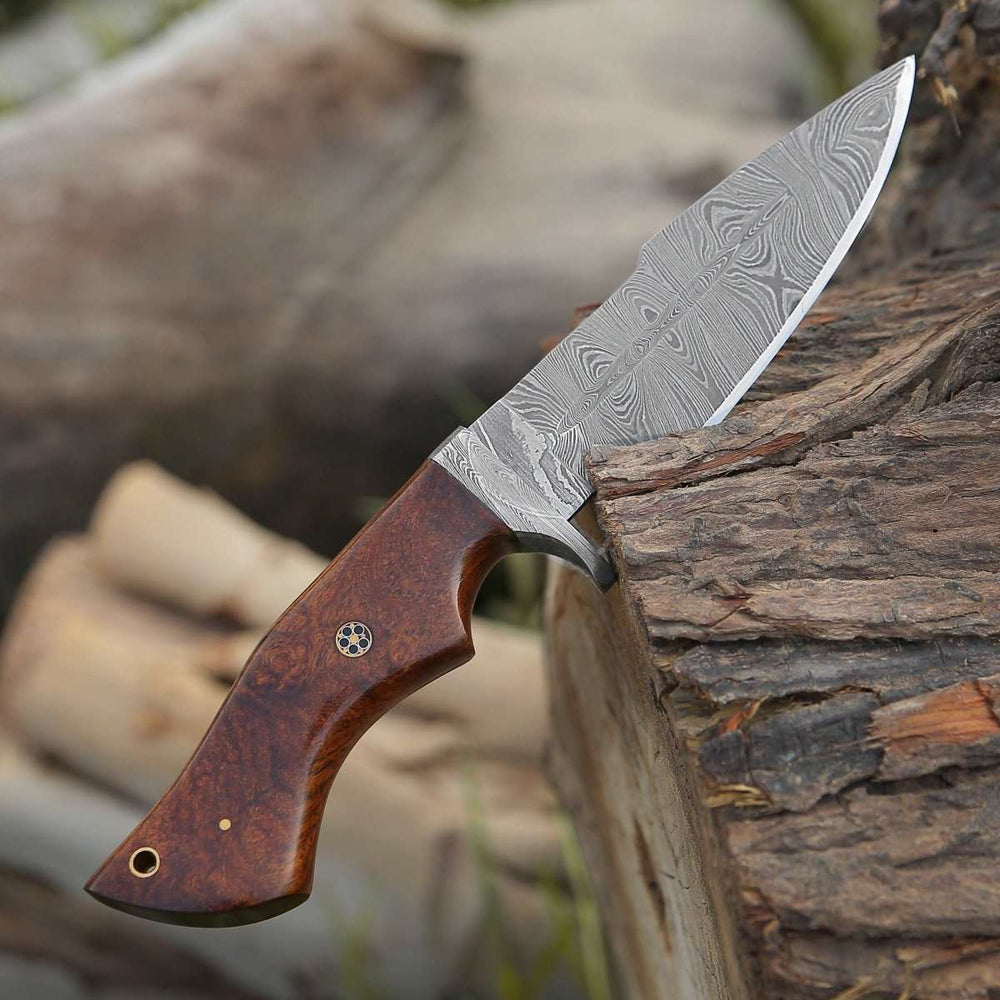
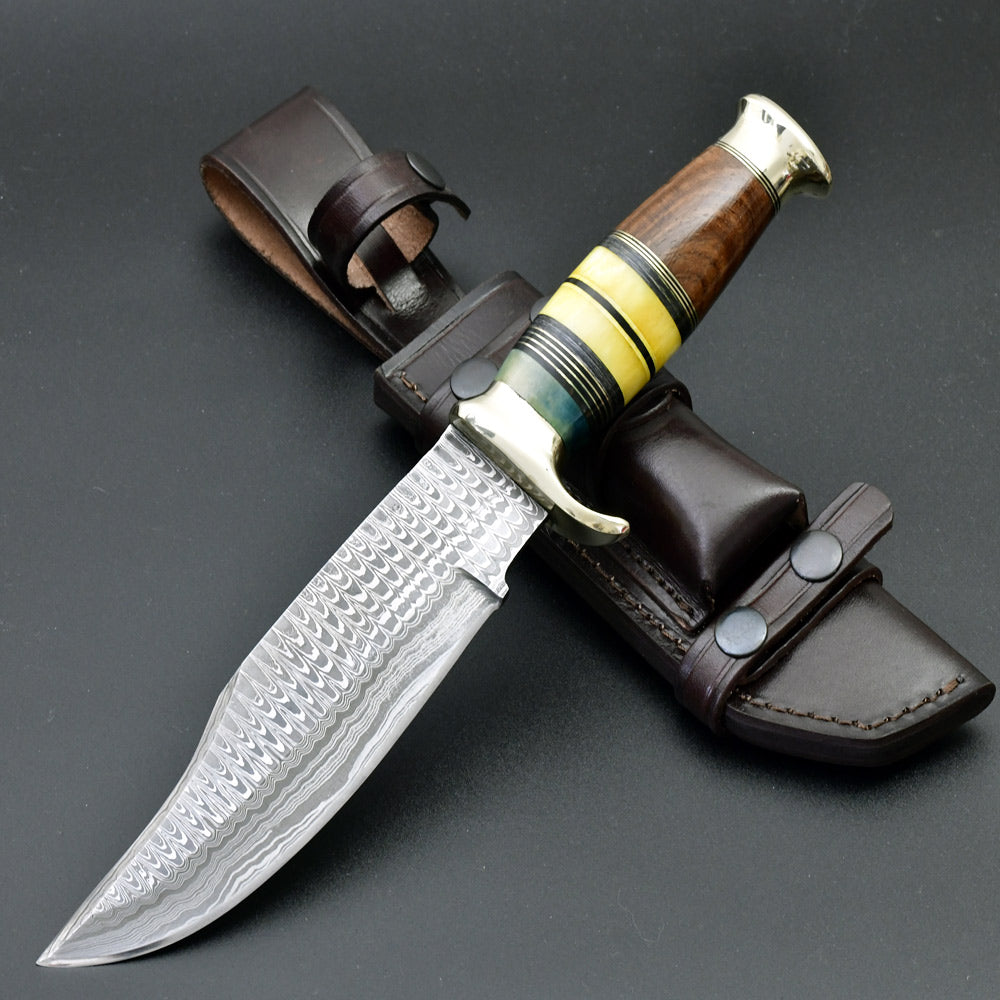

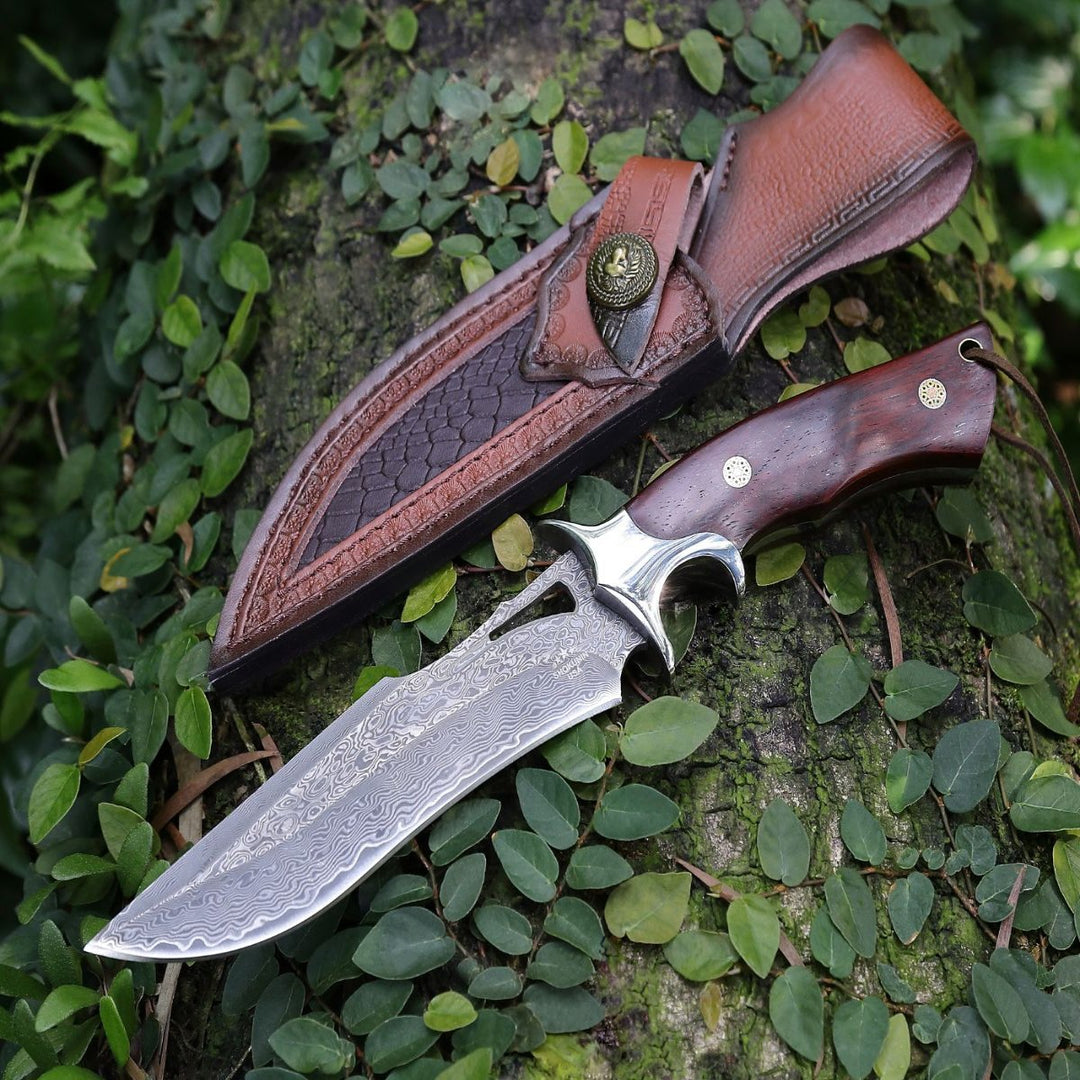
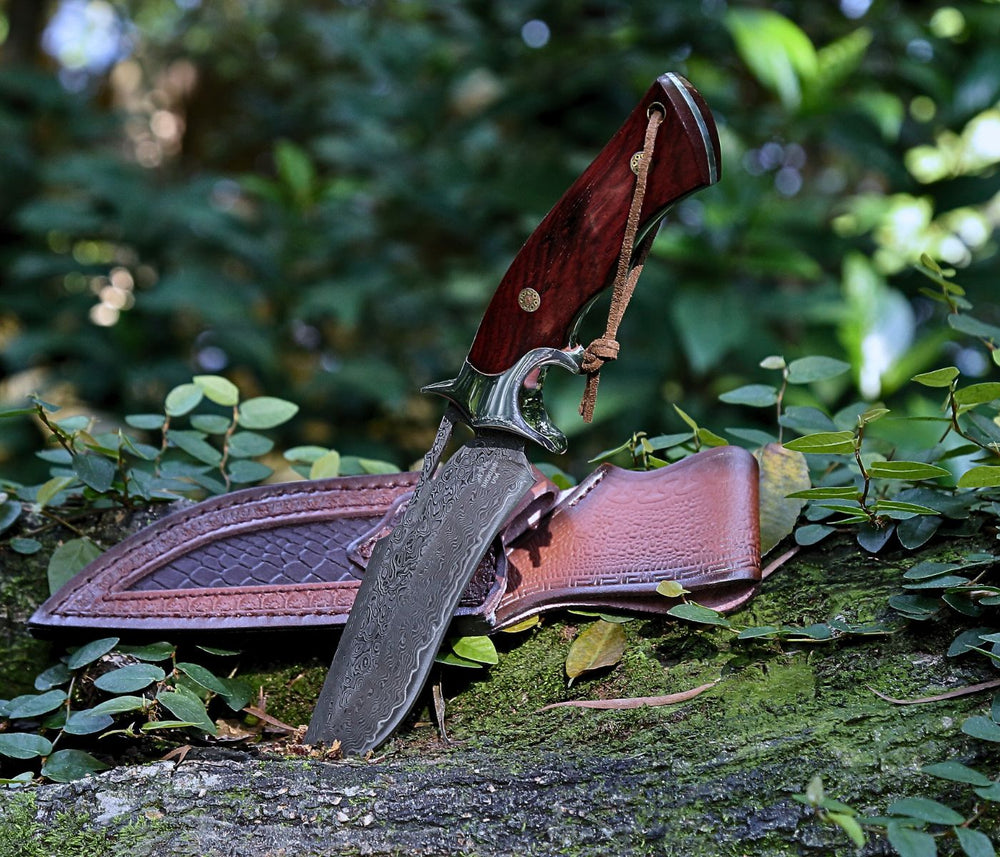
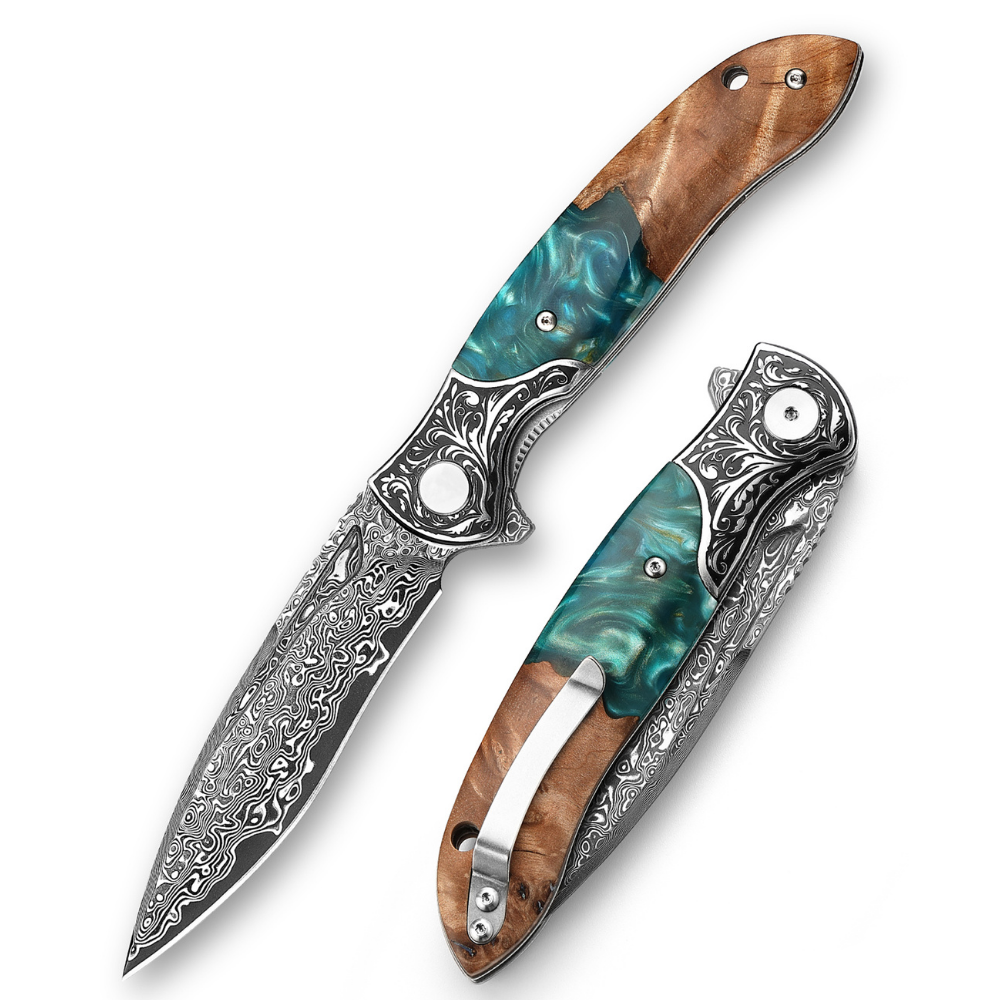
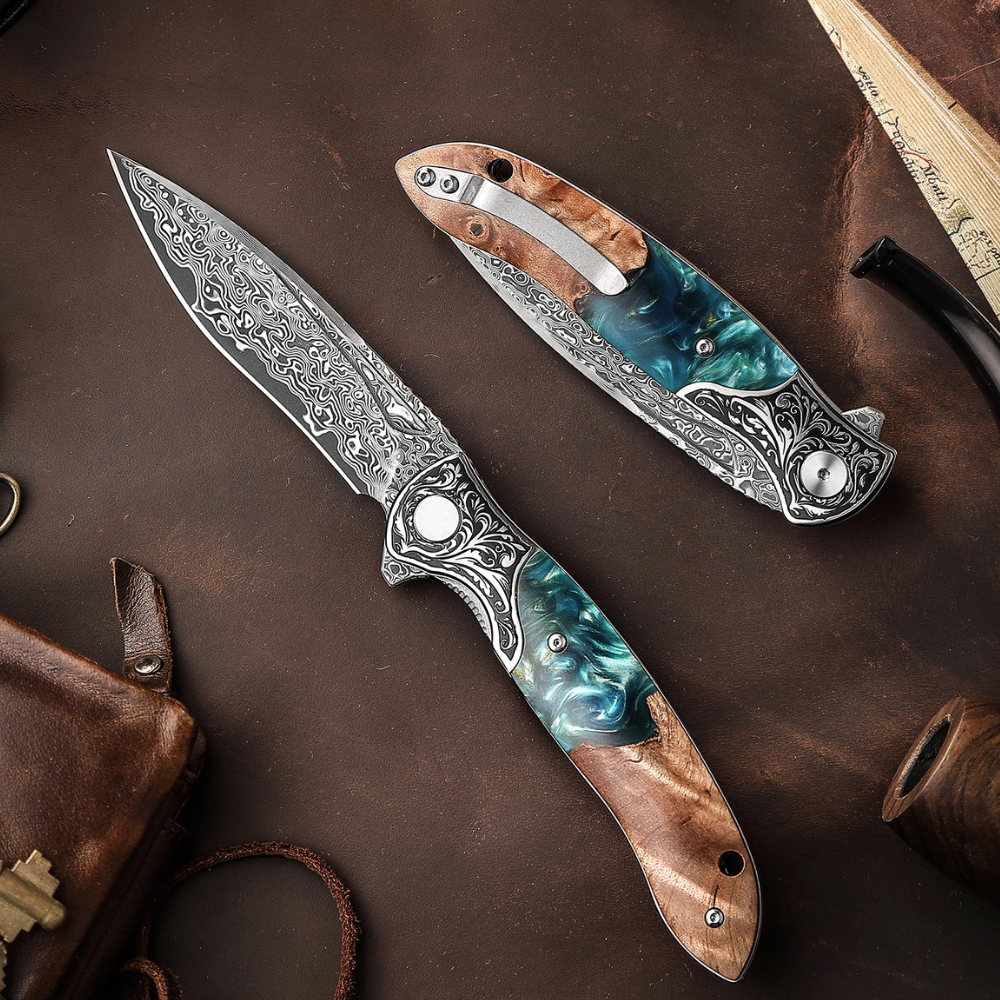
Leave a comment